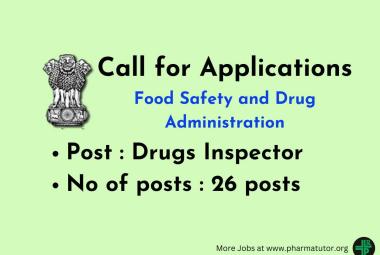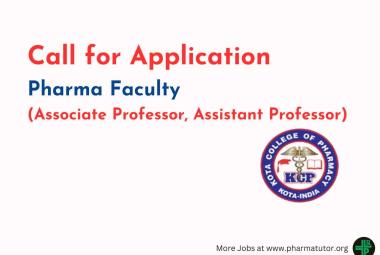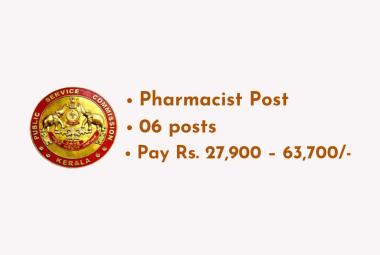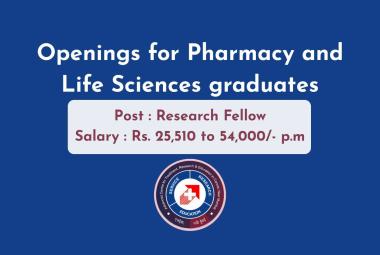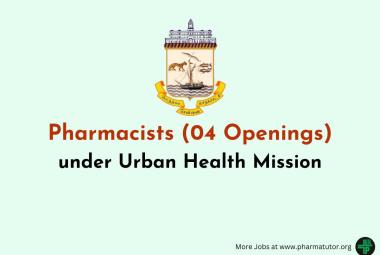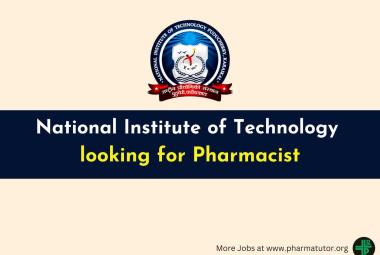ENHANCEMENT OF DISSOLUTION OF POORLY WATER SOLUBLE DRUG USING SUPER DISINTEGRANTS BY KNEADING METHOD
 About Authors:
About Authors:
YASWANTH ALLAMNENI1*, PAVAN POTTURI1, RAJKUMAR NULU2, RAVADA RAMESH3, P DAYANANDA CHARY1, ARUN KALEKAR1.
1Research and Development Department, Natco Pharma Limited, Kothur, Mahaboobnagar,Andhra Pradesh, India-509228.
2Research and Development Department, Aurobindo Pharma Ltd., Hyderabad, Andhra Pradesh, India.
3HOD, Dept. of Pharmaceutics, Dr. H.L.T. College of pharmacy, Kengal, Channapatna, Banglore(R).
*yaswanthallamneni@gmail.com
ABSTRACT
The aim of this study was to investigate the influence of superdisintegrants on the dissolution properties of a poorly water-soluble drug from complexes prepared by kneading method. Ketoprofen was employed as a model drug. Solid dispersions prepared by kneading method exhibited higher dissolution rate and DE30 values in each case. Ketoprofen tablets were prepared by direct compression technique using microcrystalline cellulose as a directly compressible vehicle. The formulated tablets were evaluated by different In Process Quality Control tests, content uniformity and in vitro drug release study. The FTIR spectra’s study revealed that there were no interaction between polymers and drug. All the tablets formulated employing solid dispersions in superdisintegrants gave rapid and higher dissolution of Ketoprofen when compared to that of Ketoprofen plain tablets. Ketoprofen dissolution from all the tablets followed first order kinetic with correlation coefficient ‘r’ above 0.9470. All dissolution parameters (k1, DE30 and T30) indicated rapid and higher dissolution of Ketoprofen from tablets formulated employing its solid dispersions in superdisintegrants when compared to plain tablets.



 About Authors:
About Authors: About Authors:
About Authors: About Authors:
About Authors: About Authors:
About Authors: ABOUT AUTHOR:
ABOUT AUTHOR: